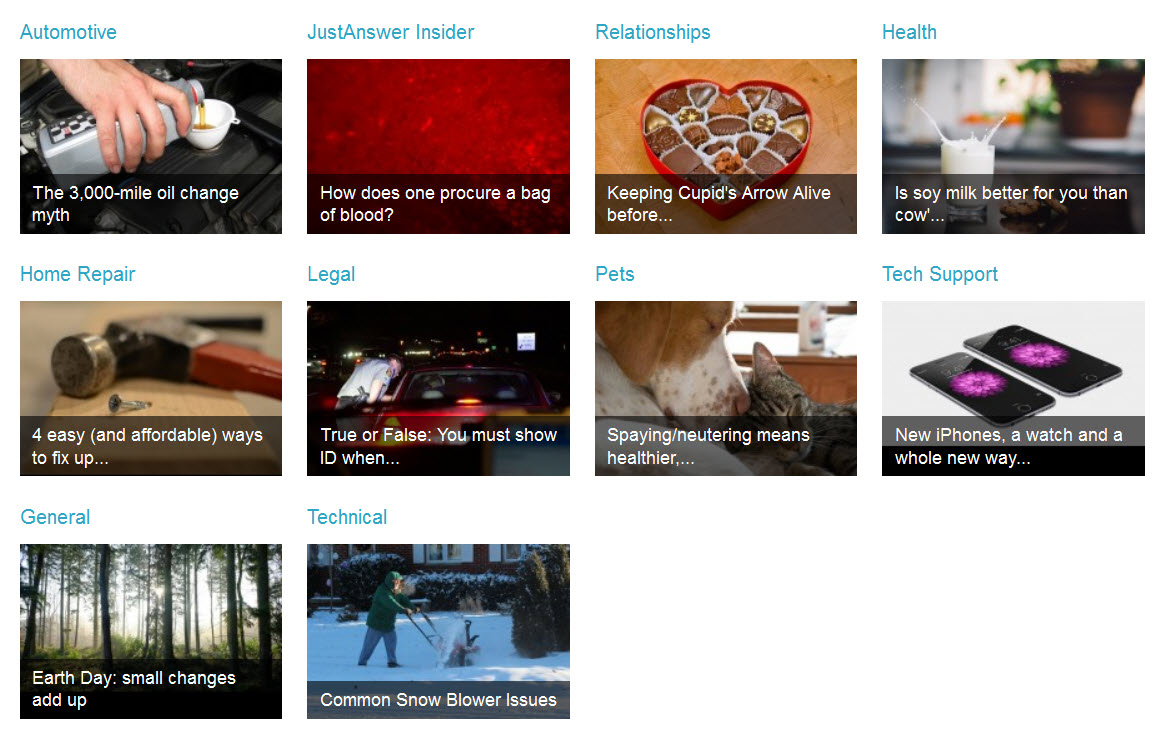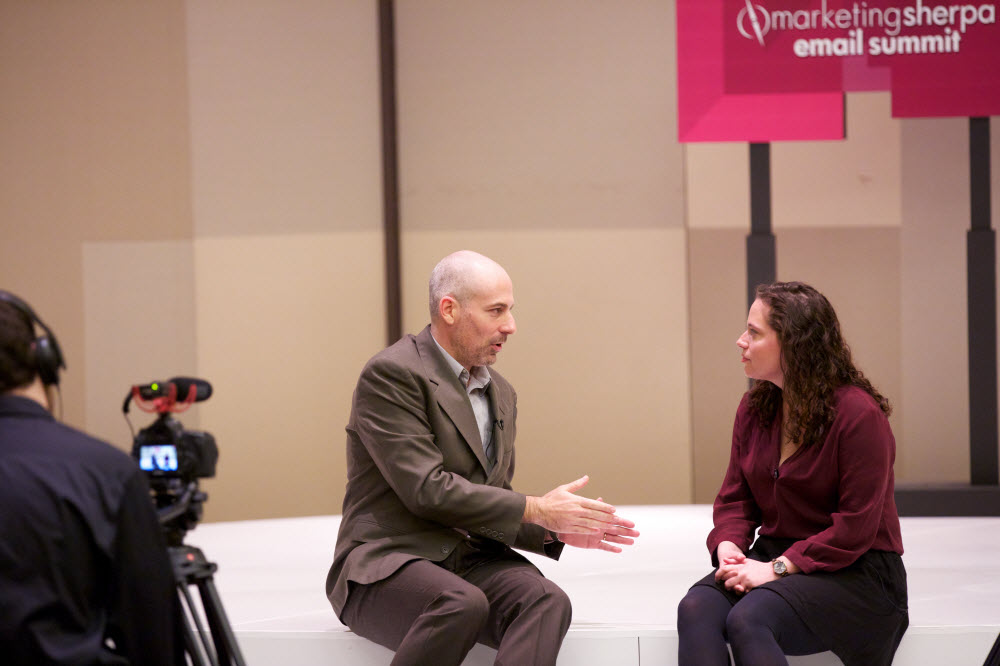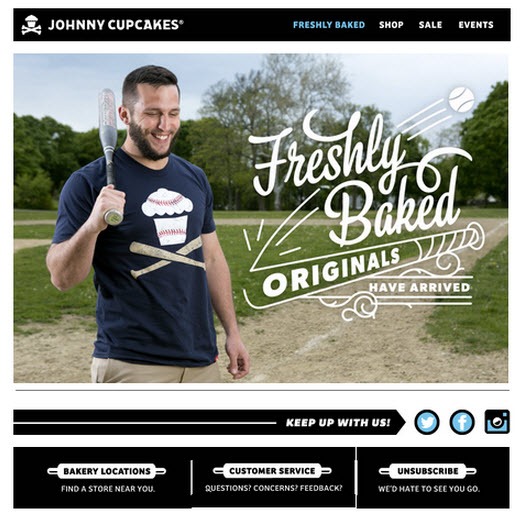Customer-Centric Marketing: 5 tips on mining customers for content
A blinking cursor on a blank page is a terrifying sight for a writer. It’s like having arachnophobia and someone putting a spider in your hair. The struggle is, in fact, real.
The good news is that, as marketers, we have it easy. Customers are telling you what they want to hear, and it’s only a matter of listening to what they’re saying. Sounds simple, right? I can practically hear everyone mentally (or maybe actually) murmuring, “Duh.”
However, when it comes to talking about tactics for making customers the genesis of content, every marketer I have interviewed for a case study or blog post — and there have been many — has made me dig deeper. That’s because this is an issue so many content creators struggle with in execution.
Whether it’s email, blogs, social media or any of the other seemingly endless channels, the main point is to have a conversation. Be engaging.
I recently wrote a case study for our Email Marketing newsletter with JustAnswer. Seeing as how it’s a service where customers come to the site to ask questions, you would think creating content would be simple. One of the best tips for coming up with content is to simply answer customer questions.
However, with so many questions being asked and topics including law, mechanics, medical (both humans and animals), plumbing and technology, just to name a few, the options are dauntingly endless, forcing marketers to be creative with their tactics.
Below is bonus material from the case study about how the JustAnswer team approaches content creation — both email and otherwise.















